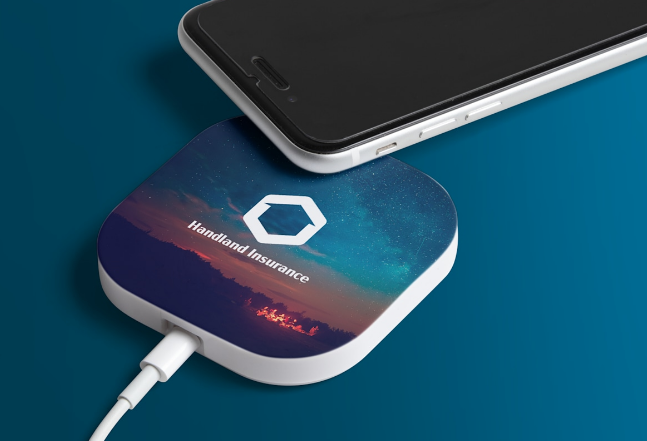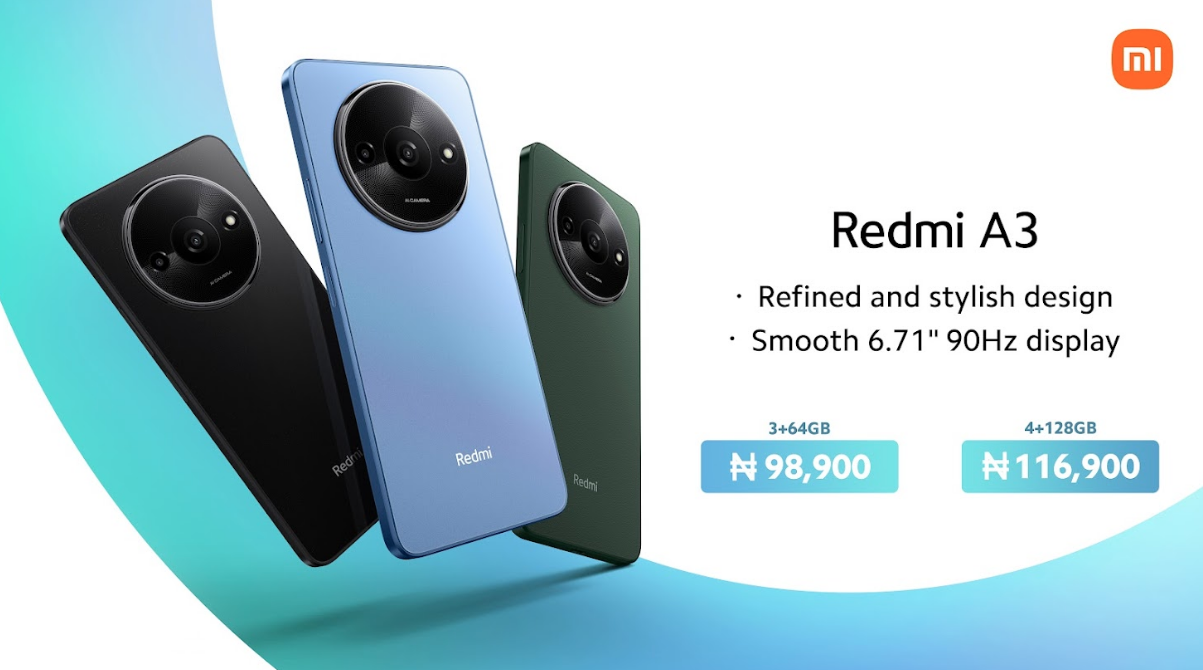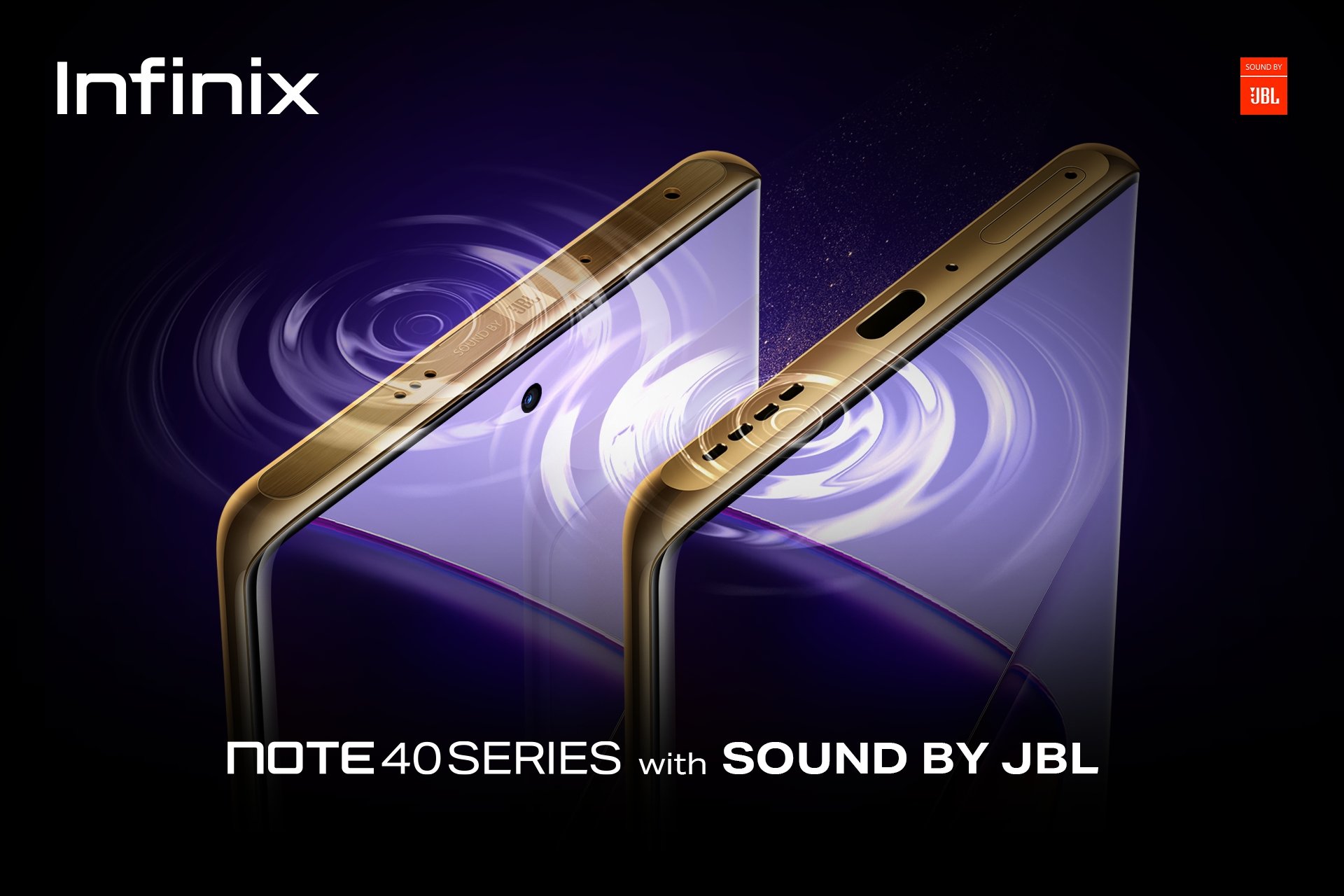VN88 Rezence wireless charging is a technology that allows devices to be charged without the use of physical cables. This is done by using electromagnetic fields to transfer energy from a charging station to a device. Rezence wireless charging is becoming increasingly popular, as it is more convenient and easier to use than traditional wired charging.
Types of VN88 Rezence Wireless Charging Stations
There are two main types of Rezence wireless charging stations: inductive and resonant.
Inductive Charging Stations
Inductive charging stations work by creating an electromagnetic field between the charging station and the device. This field induces a current in the device’s battery, which charges the battery.
Inductive charging stations have some key features:
- They are typically used for short-range charging of devices like smartphones and tablets. The distance between the charger and device is usually less than 5 cm.
- Inductive chargers provide power ranging from 5W to 15W. This is suitable for charging small devices, but not for power-hungry devices like laptops.
- Qi is the most common industry standard that inductive chargers use. Qi chargers work with most newer Android phones and all iPhone 8 and newer models.
- They need the device to be aligned properly on the charging surface to charge effectively. The coils in the charger and receiver must be precisely aligned.
Resonant Charging Stations
Resonant charging stations work by creating a magnetic field that resonates with a receiver coil in the device. This causes the receiver coil to generate an alternating current, which charges the battery.
Key features of resonant charging include:
- Resonant stations can charge devices from medium to long ranges, depending on the power output. Some can charge from inches away while more powerful ones work at distances up to several feet.
- They provide higher power output, ranging from hundreds of watts to several kilowatts. This makes them suitable for charging larger devices like laptops, household robots, and even electric vehicles.
- Magnetic resonance is the underlying technology behind resonant charging. WiTricity and Rezence Alliance standards use magnetic resonance for high power applications.
- Resonant charging is less particular about coil alignment compared to inductive charging. But the device still needs to be within range of the charging field.
Deployment of Rezence wireless charging Stations
The deployment of VN88 Rezence is still in its early stages, but there are a number of companies and organizations working to make Rezence wireless charging more widely available:
Efforts by Industry Groups
Several industry organizations are working to develop standards for Rezence wireless charging:
- Wireless Power Consortium (WPC) has developed the Qi standard used in most wireless chargers today. Qi can be found in smartphones, tablets, and a growing number of furniture and vehicles.
- Power Matters Alliance (PMA) offers the Powermat standard focused on public deployments. PMA stations can be found in many coffee shops, airports, stadiums, restaurants and more. The PMA and WPC are working on interoperability between their standards.
- Alliance for Wireless Power (A4WP) is developing the Rezence specification based on magnetic resonance technology. It aims for high-power applications like electric vehicles charging.
Public Infrastructure Deployment
More charging stations are being deployed in public places:
- Coffee shops like Starbucks are rolling out chargers nationwide using both PMA and Qi standards. Customers can charge their mobile devices without cables while relaxing at their shops.
- Global fast food chains like McDonald’s and KFC are piloting Rezence wireless charging stations at some locations, with plans to deploy more chargers in the future.
- Furniture retailers such as Ikea have incorporated wireless chargers into some of their furniture, including lamps, bedside tables and desks.
- Rezence wireless charging stations using the Rezence standard are being trialed for electric taxi fleets in cities like New York and Shanghai.
Benefits of Rezence wireless charging
There are several notable benefits to using Rezence wireless charging:
Convenience
Rezence wireless charging is more convenient than traditional wired charging:
- Devices can simply be placed on charging pads. There is no need to connect and disconnect cables every time you need to charge.
- Pads can be installed on desktops, nightstands, vehicles and other surfaces where devices spend most of their time. Charging becomes seamless.
- Advancements like spatial freedom technologies allow devices to be charged from greater distances and angles. Charging becomes possible even while using the device.
Safety
Rezence wireless charging is safer than wired charging:
- Removes tripping hazard from charging cables strewn across floors, which is a big benefit for public spaces.
- Eliminates exposed conductive charging ports that can corrode and become fire/shock hazards.
- Complies with key regulatory standards for thermal regulation, EMF emissions, and device detection.
Efficiency
Rezence wireless charging can offer very high efficiency:
- Latest standards use resonant coupling and power control methods that transfer power more efficiently over an air gap than wired charging.
- Future dynamic charging methods like in-motion charging of moving electric vehicles can eliminate the need to stop for charging.
- Ability to charge multiple devices with positioning flexibility improves overall space utilization.
Challenges for Rezence wireless charging Adoption
While Rezence wireless charging has clear benefits, some key challenges need addressing before it achieves mass adoption:
High Cost
- Components for wireless power transmission and reception add cost over traditional charging systems. This cost needs to decrease significantly through improved manufacturing capacity and efficiency.
Limited Range
- Most wireless chargers still require very close contact between transmitter and receiving device. Usability improves with more flexibility in positioning and distance.
Slow Charging Speed
- Although improving, charging speeds lag behind latest wired fast-charging technologies. Faster power delivery is needed to charge high-capacity device batteries quickly.
Lack of Universality
- Too many non-interoperable Rezence wireless charging standards in the market today causes confusion and platform lock-in. Cross-compatibility and roaming needs enforcement.
Conclusion
In conclusion, Rezence wireless charging adoption has steadily grown in the past decade thanks to maturing standards and increasing mainstream availability. While challenges around cost, range, speed and interoperability remain, Rezence wireless charging provides key conveniences and safety benefits over traditional wired charging. Industry groups continue to make progress improving upon the technology to enable ubiquitous Rezence wireless charging networks for consumer electronics and electric vehicles. Widespread infrastructure deployment in public spaces will be key towards that mass adoption in the coming years.






